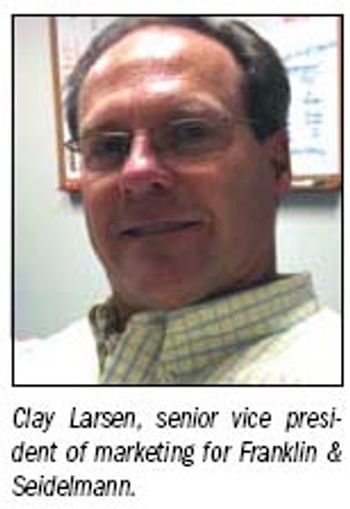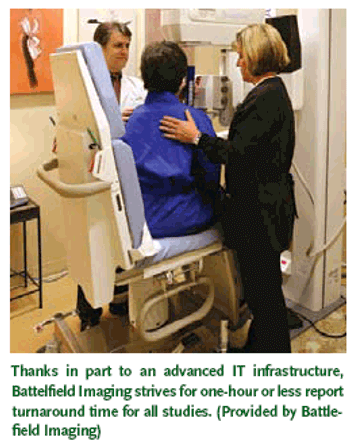
Cedars-Sinai Medical Center, the prestigious Los Angeles healthcare institution known as the hospital to the Hollywood stars, has been jolted by an FDA alert indicating that perfusion CT performed during an 18-month period exposed more than 200 stroke patients to eight times the normal dose of ionizing radiation for the procedures.

























